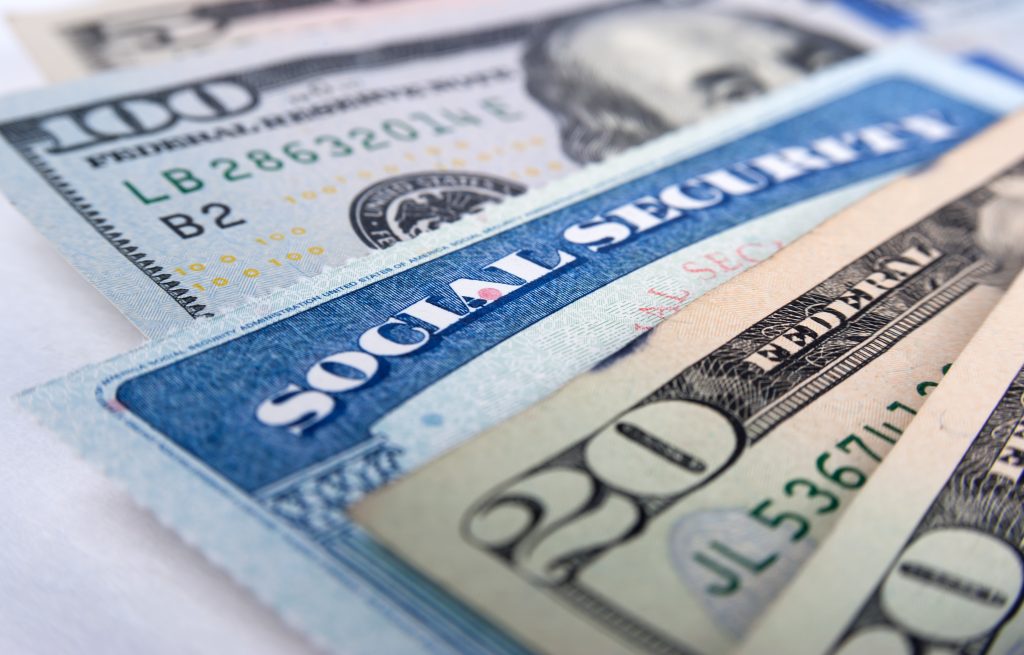
Image source: Getty Images
Americans aren’t strangers to credit card debt. And as of 2023, the average credit card balance was $6,501, according to Experian. This means that if you owe $5,000 on your credit cards, you’re technically in better shape than folks who owe about $1,500 more.
But that doesn’t mean you shouldn’t try to shed your credit card balance as quickly as possible. You may be surprised at how much money it ends up costing you.
What will a $5,000 balance cost you in interest?
The amount of interest you pay on a $5,000 credit card balance will depend on:
- The interest rate your cards or cards are charging you
- How long it takes you to pay off your balance
Let’s assume you’re being charged 20% interest by your credit card companies, and that rate stays the same until your balance is paid down completely (credit card interest rates are variable and subject to change). Here’s the amount of interest you stand to lose, depending on the number of months it takes to pay off your debt:
| Months to Pay Off $5,000 Balance | Total Spent on Interest |
|---|---|
| 12 | $558 |
| 24 | $1,108 |
| 36 | $1,690 |
| 48 | $2,303 |
| 60 | $2,948 |
It shouldn’t surprise you that the longer you carry your debt, the more it’s going to cost you. But what may surprise you is how much interest you end up accumulating. If it takes you five years to pay off a $5,000 balance, in this example, you’re looking at paying almost $3,000 in interest. Yikes.
How to pay off credit card debt quickly
If you’re juggling multiple credit card balances, consolidating your debt could help you pay it off much sooner. Plus, it’s easier to pay a single bill every month than keep track of multiple due dates. And you have a few options here.
One is to do a balance transfer, which allows you to move your balances onto a single credit card — and ideally, one with a 0% introductory interest rate. By not racking up interest for a period of time, you have an opportunity to get ahead of your debt. Click here for a list of the best balance transfer credit cards.
Another strategy is to consolidate your debt into a personal loan. You won’t get an interest-free period with a personal loan. But what you will most likely get is a much lower interest rate on your debt, making it easier (and less expensive) to repay. And the higher your credit score, the lower a personal loan rate you’re likely to qualify for.
Also, unlike credit cards, where your interest rate can vary (and increase), with a personal loan, you lock in a fixed interest rate. That makes your monthly loan payments more predictable. Click here for a list of the best personal loans for debt consolidation to explore your options.
Carrying a $5,000 credit card balance could end up costing you more money than expected. So it’s in your best interest to try to get rid of it as quickly as you can.
Alert: highest cash back card we’ve seen now has 0% intro APR into 2026
This credit card is not just good – it’s so exceptional that our experts use it personally. It features a 0% intro APR for 15 months, a cash back rate of up to 5%, and all somehow for no annual fee!
Click here to read our full review for free and apply in just 2 minutes.
We’re firm believers in the Golden Rule, which is why editorial opinions are ours alone and have not been previously reviewed, approved, or endorsed by included advertisers.
Motley Fool Money does not cover all offers on the market. Editorial content from Motley Fool Money is separate from The Motley Fool editorial content and is created by a different analyst team.The Motley Fool has a disclosure policy.
 fool.com
fool.com benzinga.com
benzinga.com



